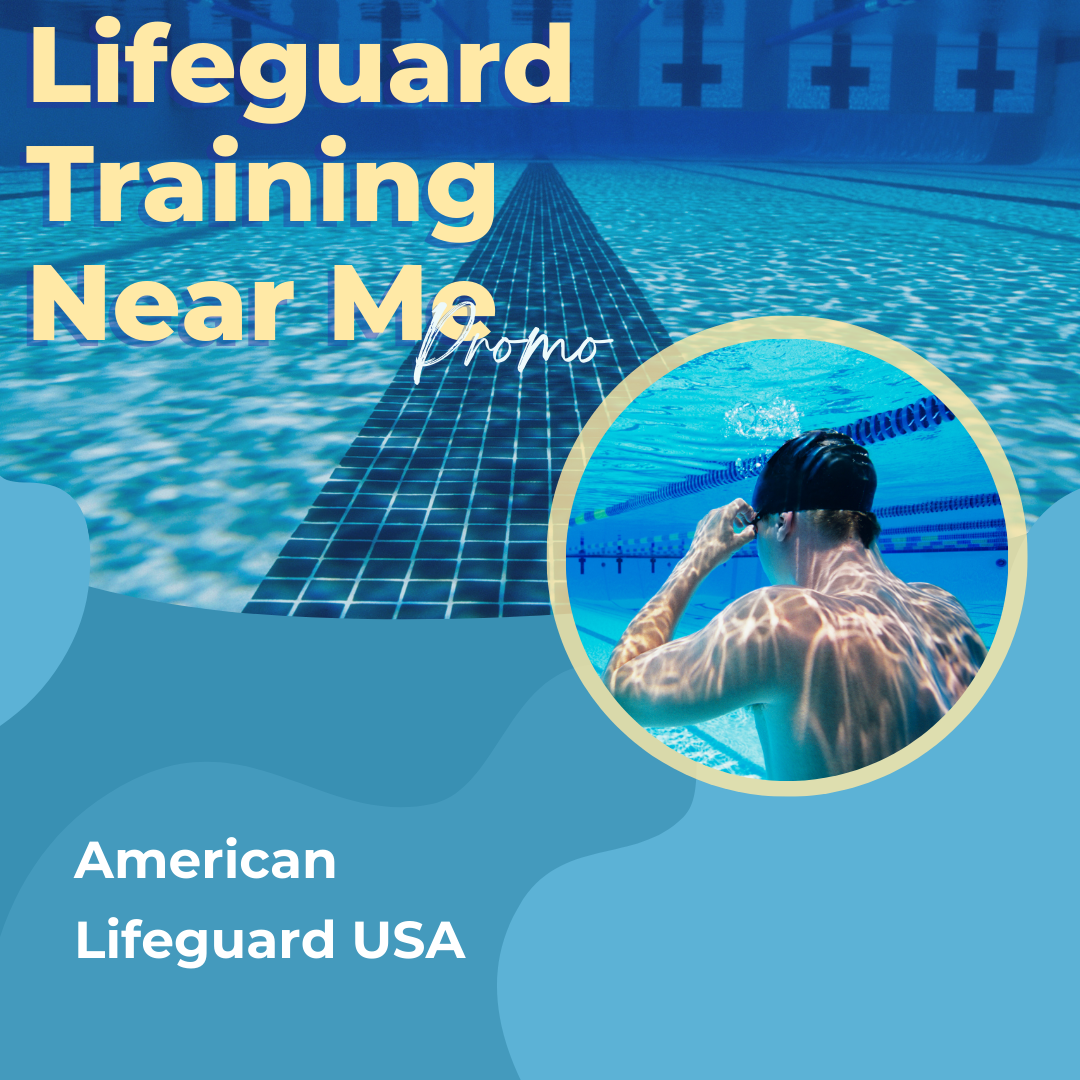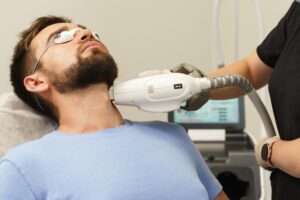
As the summer sun beckons, so does the call for safety at pools, beaches, and water parks across the nation. Lifeguards stand as vigilant guardians, ready to ensure the well-being of swimmers and beachgoers. But before donning the iconic red swimsuit and whistle, aspiring lifeguards must undergo rigorous training.
In this guide, we’ll explore how to prepare for lifeguard training near me, with a focus on the comprehensive programs offered by American Lifeguard USA.
Understanding the Importance of Lifeguard Training
Lifeguarding is not just a job; it’s a responsibility entrusted with the safety of others. Effective lifeguard training equips individuals with the skills and knowledge needed to prevent accidents, respond swiftly to emergencies, and administer first aid when necessary. Whether it’s performing CPR, executing water rescues, or recognizing the signs of distress, well-trained lifeguards play a crucial role in maintaining aquatic safety.
Choosing the Right Training Program
When embarking on the journey to become a lifeguard, selecting the right training program is paramount. American Lifeguard USA stands out as a leading provider of lifeguard certification courses, recognized for their comprehensive curriculum and experienced instructors. Their programs adhere to the latest industry standards and are designed to prepare candidates for the challenges they may encounter on the job.
Preparing Physically and Mentally
Lifeguarding demands both physical prowess and mental acuity. Before enrolling in a training course, candidates should assess their swimming abilities and overall fitness levels. Swimming proficiency tests often form a part of lifeguard training prerequisites, ensuring that candidates possess the necessary skills to navigate the water confidently.
Additionally, aspiring lifeguards must cultivate a mindset of alertness and responsibility. This involves developing strong communication skills, practicing situational awareness, and understanding the importance of teamwork in emergency scenarios. American Lifeguard USA’s certification programs incorporate classroom instruction, practical exercises, and simulated rescue scenarios to foster these essential skills.
Familiarizing Yourself with Lifeguarding Equipment and Techniques
During lifeguard training, candidates will become acquainted with various rescue equipment and techniques essential for effective water safety management. From rescue tubes and backboards to spinal immobilization procedures, familiarity with these tools is crucial for swift and efficient rescue operations.
Moreover, lifeguards-in-training will learn about preventive measures such as proper facility inspection, hazard identification, and crowd management strategies. Understanding how to anticipate and mitigate potential risks is fundamental to maintaining a safe aquatic environment.
Staying Current with Certification Requirements
Lifeguard certification is not a one-time affair; it requires ongoing commitment to training and skill maintenance. American Lifeguard USA offers recertification courses to ensure that lifeguards remain up-to-date with the latest techniques and protocols. Regular review and practice sessions help reinforce skills and keep lifeguards sharp and prepared for any situation they may encounter on duty.
Finding Lifeguard Training Near You
The first step in preparing for lifeguard training is to research available programs in your area. Start by searching online for local training providers or contacting nearby swimming facilities and community centers. Many organizations offer lifeguard training courses regularly, allowing aspiring lifeguards to find options that fit their schedule and location.
Preparing for Lifeguard Training
Physical fitness is a crucial aspect of lifeguarding, as lifeguards need to maintain endurance and strength to perform rescues effectively. Before enrolling in lifeguard training, it’s essential to assess your swimming proficiency and ensure you meet any prerequisites set by the training program. Additionally, obtaining CPR and First Aid certification is often required before beginning lifeguard training.
Choosing the Right Training Program
When selecting a lifeguard certificate program, consider factors such as accreditation, instructor qualifications, and course duration. Look for programs that are accredited by reputable organizations and taught by experienced instructors with a background in lifeguarding. Additionally, consider the flexibility of the course schedule to ensure it fits your availability.
What to Expect During Lifeguard Training
Lifeguard training typically consists of both classroom instruction and hands-on practical exercises. Topics covered may include water rescue techniques, CPR and First Aid procedures, and emergency response protocols. Throughout the training, students will participate in role-playing scenarios to simulate real-life rescue situations and apply their skills in a controlled environment.
Also Read About: A Dive into Primary Workbooks, Early Year Resources, and PSHE
Conclusion
Becoming a lifeguard is a noble endeavor that demands dedication, skill, and a deep sense of responsibility. By enrolling in a comprehensive training program like those offered by American Lifeguard USA, aspiring lifeguards can embark on their journey with confidence. Remember, preparation is key to success in lifeguarding, so dive in, train diligently, and join the ranks of those who stand ready to ensure the safety of others in aquatic environments.






